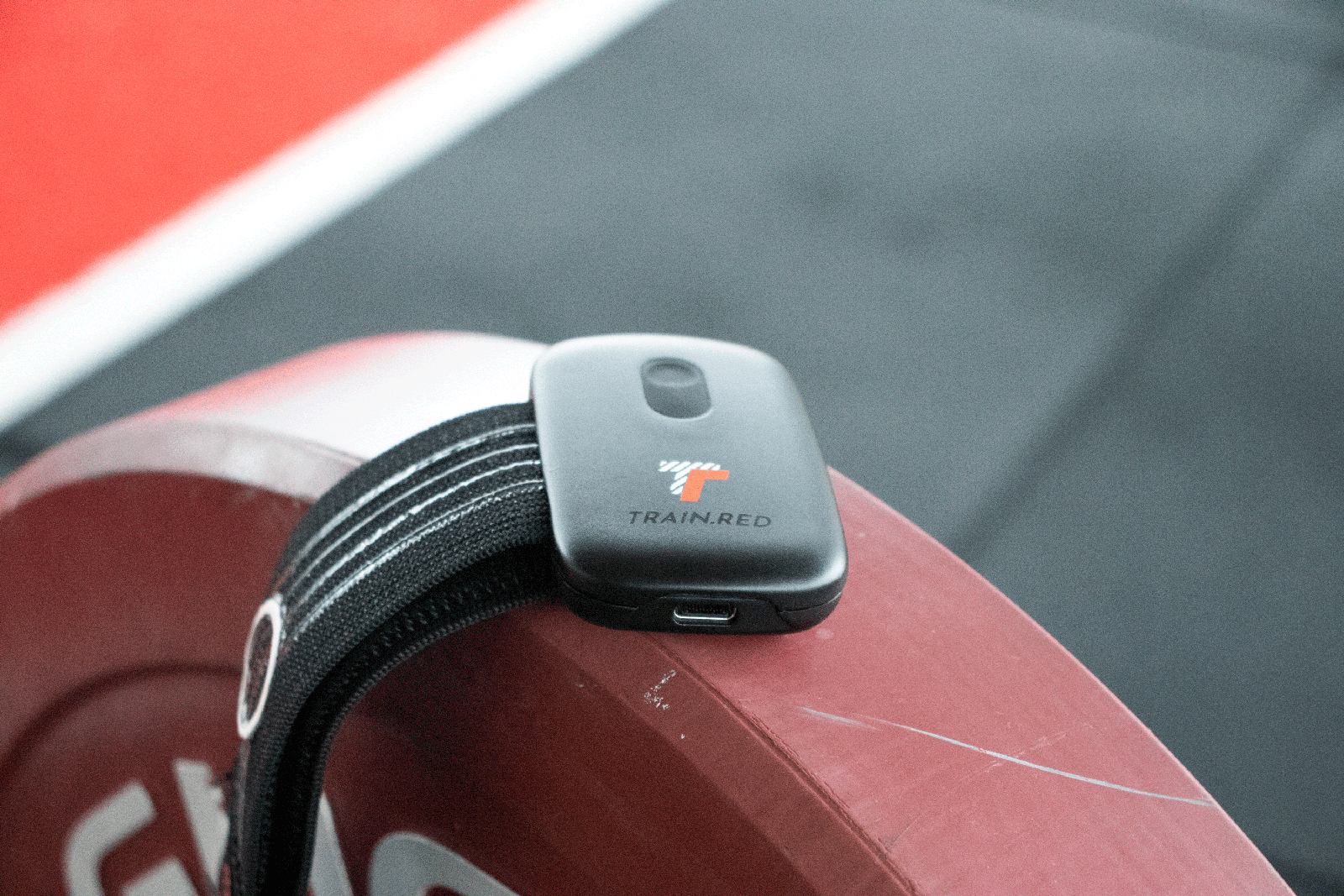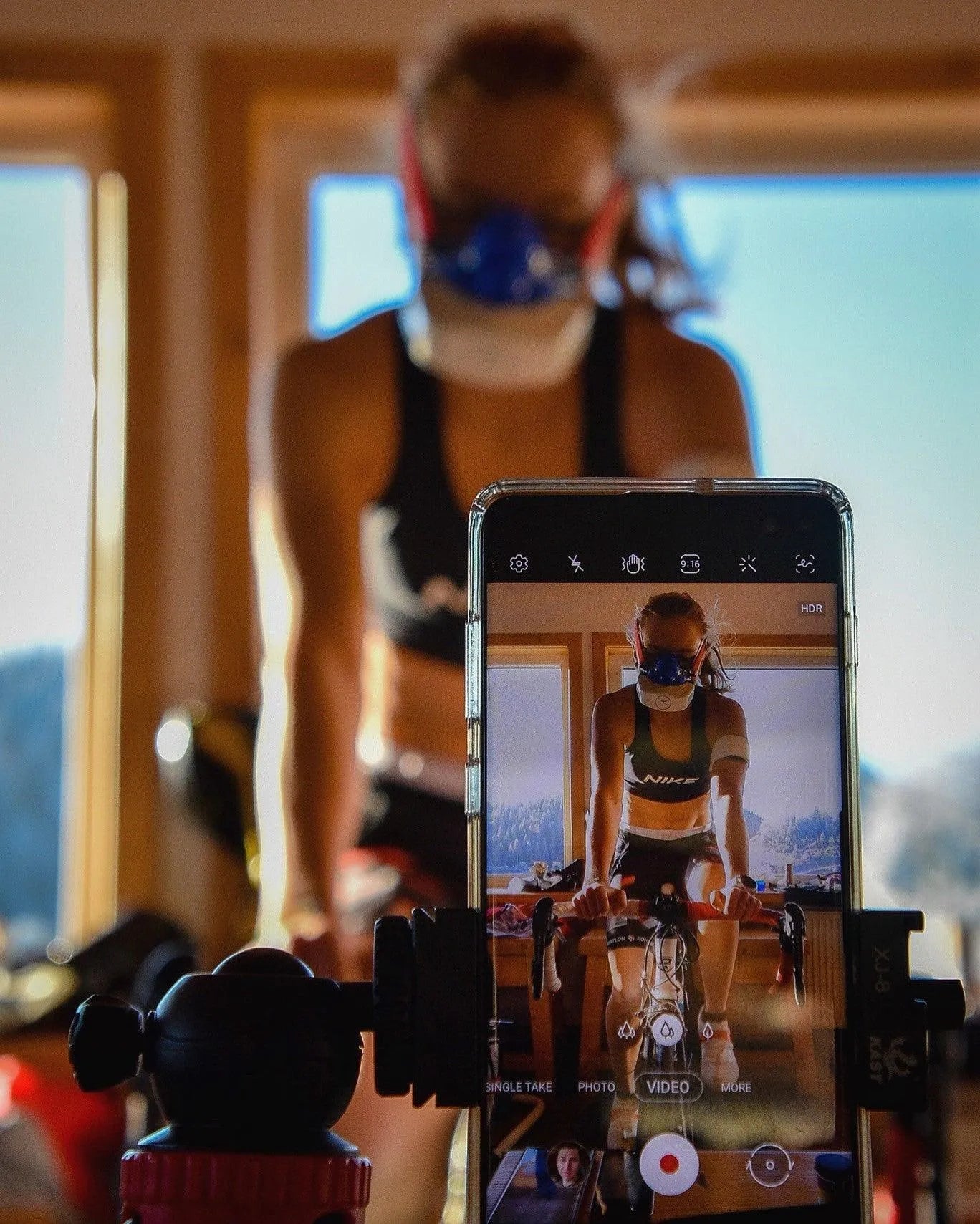Two properties of infrared light are essential for the Train.Red system. Your body is transparent to infrared light. And infra-red light has oxygen-dependent absorption characteristics. Infrared light waves can travel through your body without damaging any tissue or you feeling anything. This is a natural phenomenon that you can compare to shining a flashlight through your fingertip. Not all light travels through your body. Because chromophores in your body absorb part of this light. Logically a higher volume of chromophores results in a higher amount of absorption. By distinguishing oxyhemoglobin and deoxyhemoglobin based on their absorption behaviour we can quantify the changes in concentration.
What is light and how does Train.Red utilize it?
In theory, light is an electromagnetic wave that is transporting energy. In practice, we know it mainly in its visible form. But electromagnetic waves are everywhere. The wavelength spectrum goes all the way from nuclear waves to long radio waves. And we, as humans, are limited in the fact that we can only see 400 up to 700 nm. There are other waves that we can hear (example) and waves that we can feel (example) but Train.Red uses two wavelengths situated just above 700 nm. We can see a part of the light, but can't feel the light.
What is NIRS and how do NIRS devices work?
The wavelengths we use, are situated in the near-infrared region. The underlying technology is also called Near-InfraRed Spectroscopy, or NIRS. This light penetrates through the superficial tissue where it is absorbed by the heme group of hemoglobin in the vascular bed and the heme group of myoglobins in the muscle fiber. NIRS thus reflects the capillary and intracellular oxygen levels, the muscle tissue.
The shift from changes in light to changes in oxygenation is based on the modified Beer-Lambert Law. This equation equals the changes in light with changes in concentration. A change in the amount of light with wavelength 760nm equals a change in deoxyhemoglobin concentration. A change in the amount of light for wavelength 850nm equals a change in the oxyhemoglobin concentration. Adding these two parameters results in the relative total hemoglobin concentration, subtracting them, in the hemoglobin difference.
Based on 'spatial resolved spectroscopy' it is possible to derive an absolute measure, the percentage of oxygen in your muscle tissue. When using this method, we calculate the oxyhemoglobin over to the total hemoglobin. Which results in the absolute Tissue Saturation Index, TSI. A trained eye can directly use this absolute value, but for Train.Red TSI% was just the start.
We utilize this technology to give the user direct feedback on different training parameters such as optimal pacing and recovery times, time to muscle exhaustion, and more. Easily usable, accessible through your smartphone, sport watch, or with the Train.Red application. This takes the coach or scientist out of the equation and provides you directly with understandable training data. So that you can optimize your training sessions.



